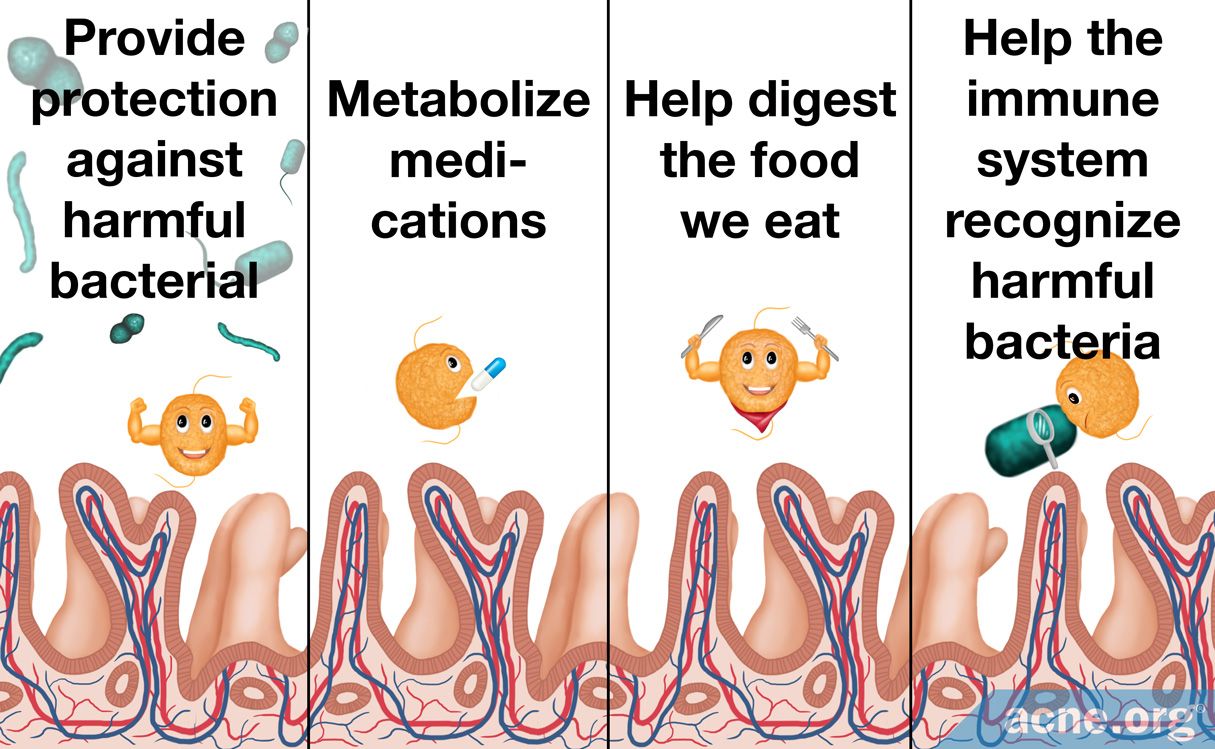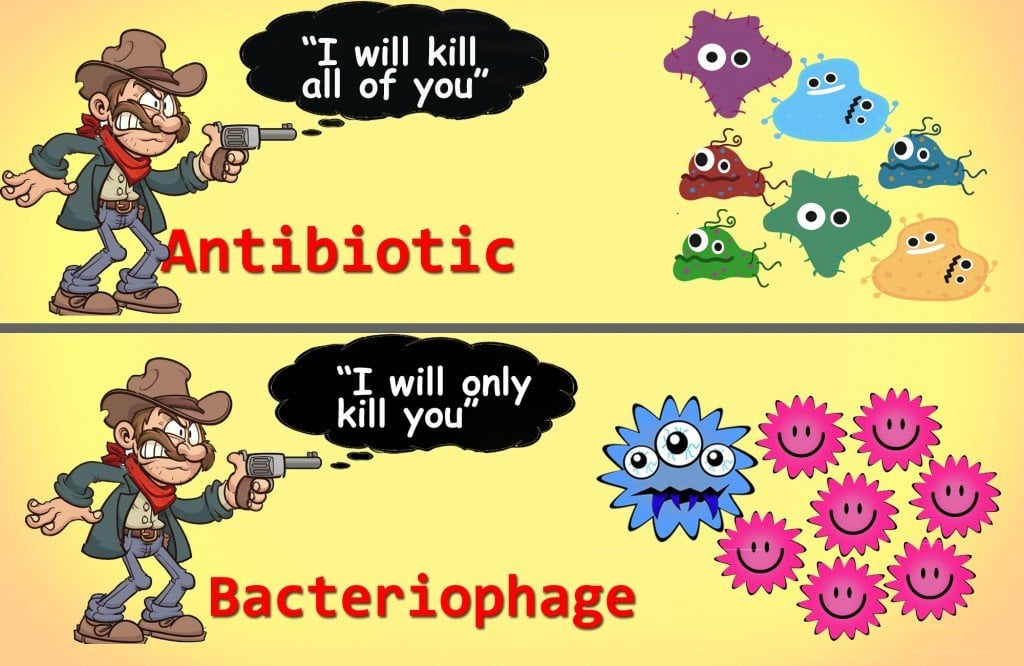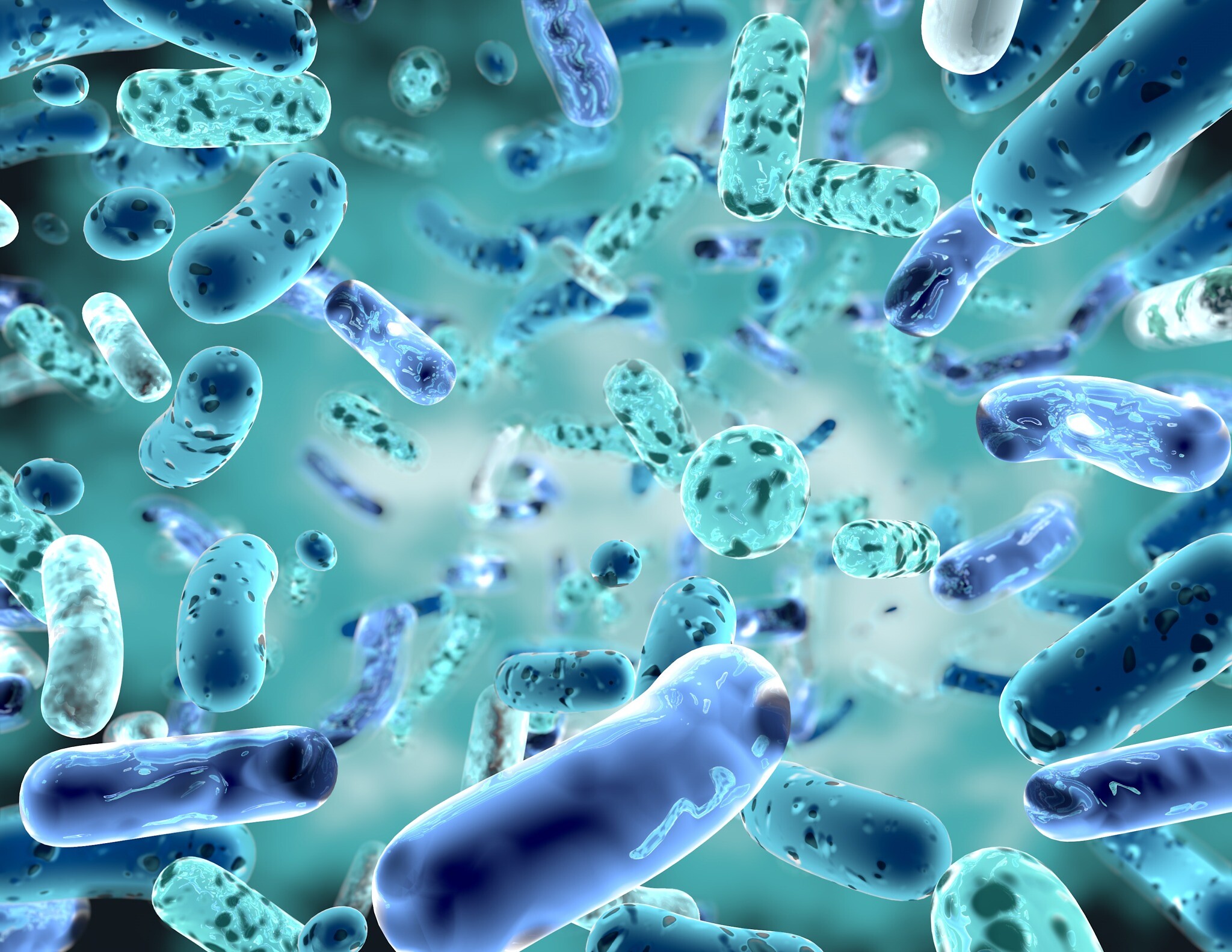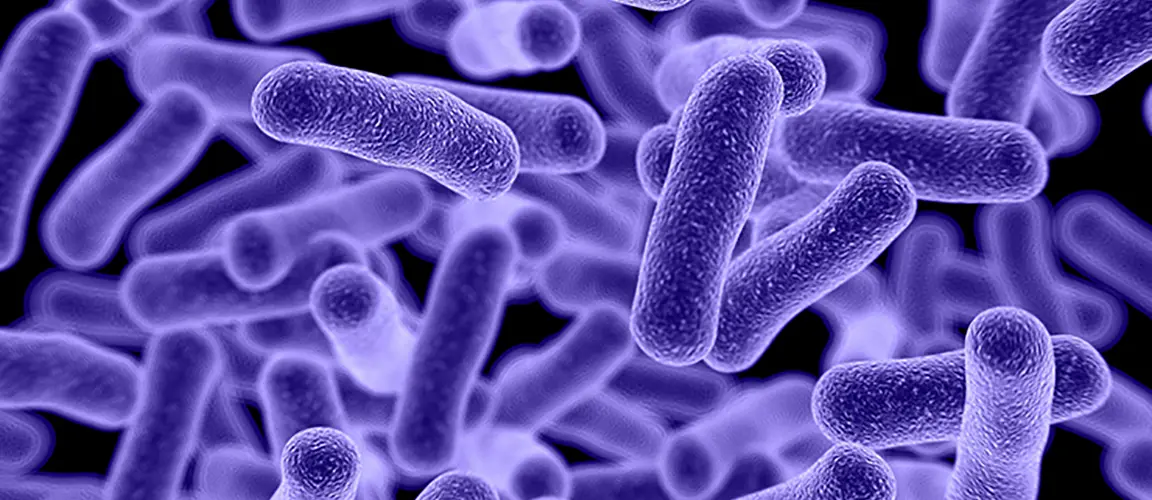Lessons I Learned From Info About How To Kill Bad Bacteria

Antibiotics have one job:
How to kill bad bacteria. Put the mix in a pair of cotton socks or sprinkle the mixture in both shoes and leave overnight. Queensland researchers have discovered that a mutation allows some e. It contains live enzymes that release hydrogen peroxide, which is known to kill germs and unwanted foreign elements.
Instead, use cleansers and moisturizers with niacinamide or ceramides to bolster your barrier. Through oral, anal or vaginal sex. The best way to get rid of bad bacteria in the gut is by creating the right environment for a balanced and diverse microbiome to thrive.
They don’t discriminate between the good and bad. Let’s take a closer look at what temperatures can kill bacteria, as well as other. Address the root causes of dysbiosis first.
The ions in copper alloys are both antiviral and antibacterial, able to kill over 99.9% of bacteria within two hours. Combine all the ingredients in a blender or food processor and blend until smooth. Antibiotics cannot tell the difference between good bacteria and bad bacteria.
It’s a natural deodorizer that absorbs smells and bacteria. In fact, there are different ways to kill pathogenic bacteria in water, in food, or on a household surface. Not all bacteria are harmful, and some bacteria that live in your body are helpful.
Copper is even more effective. Use baking soda. Researchers have discovered that a mutation in the cellulose making machinery of e.
One of the most common situations where your doctor will prescribe probiotics is when you’re taking a course of antibiotics. The friendly gut bacteria are important for digestion.
Antibiotic use, which can kill the good bacteria that usually fight off bad bacteria. Coli bacteria to cause severe disease in people while other bacteria are harmless, a finding.
To move phages into mainstream medicine, we need clinical trials. Indigestible fiber, aka prebiotics, boost the bacteria you already have instead of adding new bacteria, like probiotics.
1/2 cup fresh or frozen blueberries. Research shows that our gut bacteria are very responsive to what we eat and communities begin shifting almost as soon as we change our diets (source: They can do so by breaking down a pathogen's protective cell wall, exposing its fragile interior.


















